Description
About the Author
Tim MacWelch is the New York Times bestselling author of Prepare for Anything, Hunting & Gathering, and How to Survive Anything, How to Survive Off the Grid and Winter Survival Handbook. He is Outdoor Life magazine’s survival blogger. For two decades… He is also the founder and head instructor of Advanced Survival Training School; where he teaches ordinary people how to detach from the grid and live closer to nature, and how to use those skills in any number of emergencies.
For over 110 years, Outdoor Life has provided outdoor and urban survival expertise to millions of readers. Their authors have written on everything from disaster preparedness to subsistence hunting and fishing, to which guns to use against the undead (really!).
Excerpt. © Reprinted by permission. All rights reserved.
050 MAKE A HAMMOCK AND RAIN FLY
Why do so many cultures use hammocks in the jungle, you ask? For starters, they get you up off the wet ground. They can also be quite comfortable. They can get you further away from spiders, scorpions, snakes, and other nasties. The hammock is one of the most underutilized shelters for survival, and you can make it with just a bit of rope and sturdy fabric. Grab some finger-thick rope and two tarps, pick out two strong, young trees, and you’re ready to create your own hammock and rain fly. Start out with one of the long sides of one tarp and roll it up halfway across the entire tarp. Then roll up the other long side to meet the first. Now we’ll grab one end of this bundle and bend it to make a “J” shape. Tie a sheet bend knot with a length of rope. Using a second rope, tie another sheet bend on the other side of the tarp. Select leg thick or bigger trees about 9 to 12 feet (3 to 4 m) apart, and securely tie the end of each rope to a tree, as high as you can reach. I like to wrap around the tree twice for good grip on the bark, and tie to the trees high up to compensate for the settling of the hammock as the knots cinch down. This keeps you from dragging the ground in the finished hammock. For a roof over your head, tie up another tarp as an A-frame rain fly between the two trees.
KEEP CREEPY CRAWLIES OUT OF YOUR HAMMOCK
The last thing you want to find in your jungle hammock is a sampling of the local wildlife, especially if it
bites! Use these three steps to avoid waking up in the middle of the night with an unwelcome visitor in your sleeping space.
STEP 1 Keep it well covered. Things have a tendency to drop out of the trees in the rainforest,
and when your hammock is sitting there open like a big basin, it’s only natural to find all kinds of creatures raining down upon you. Hang a rain fly over your hammock, even if it’s the “dry season.”
STEP 2 Limit access. Just as you don’t want to lie down on the ground in the jungle, you don’t want to have open access points that lots of pests and dangerous creatures could use to join you in your hammock. Don’t tie six lines to your rain fly when four will do the job.
STEP 3 Block the way. Tie a kerosene-soaked rag to each hammock line to keep spiders, snakes, and ants from scuttling down the lines to join you in your cozy hammock. Because of the scent and the feel of this
fuel, most creatures won’t go near it (let alone crawl over it).
The Ultimate Bushcraft Survival Manual (Flexibound), Weldon Owen
as of July 26, 2024 4:30 pm
Price History
Statistics
| Current Price | C $32.00 | July 26, 2024 |
| Highest Price | C $32.00 | January 29, 2024 |
| Lowest Price | C $28.16 | February 26, 2024 |
Last price changes
| C $32.00 | June 7, 2024 |
| C $31.45 | May 9, 2024 |
| C $32.00 | May 4, 2024 |
| C $31.36 | April 30, 2024 |
| C $30.72 | April 15, 2024 |

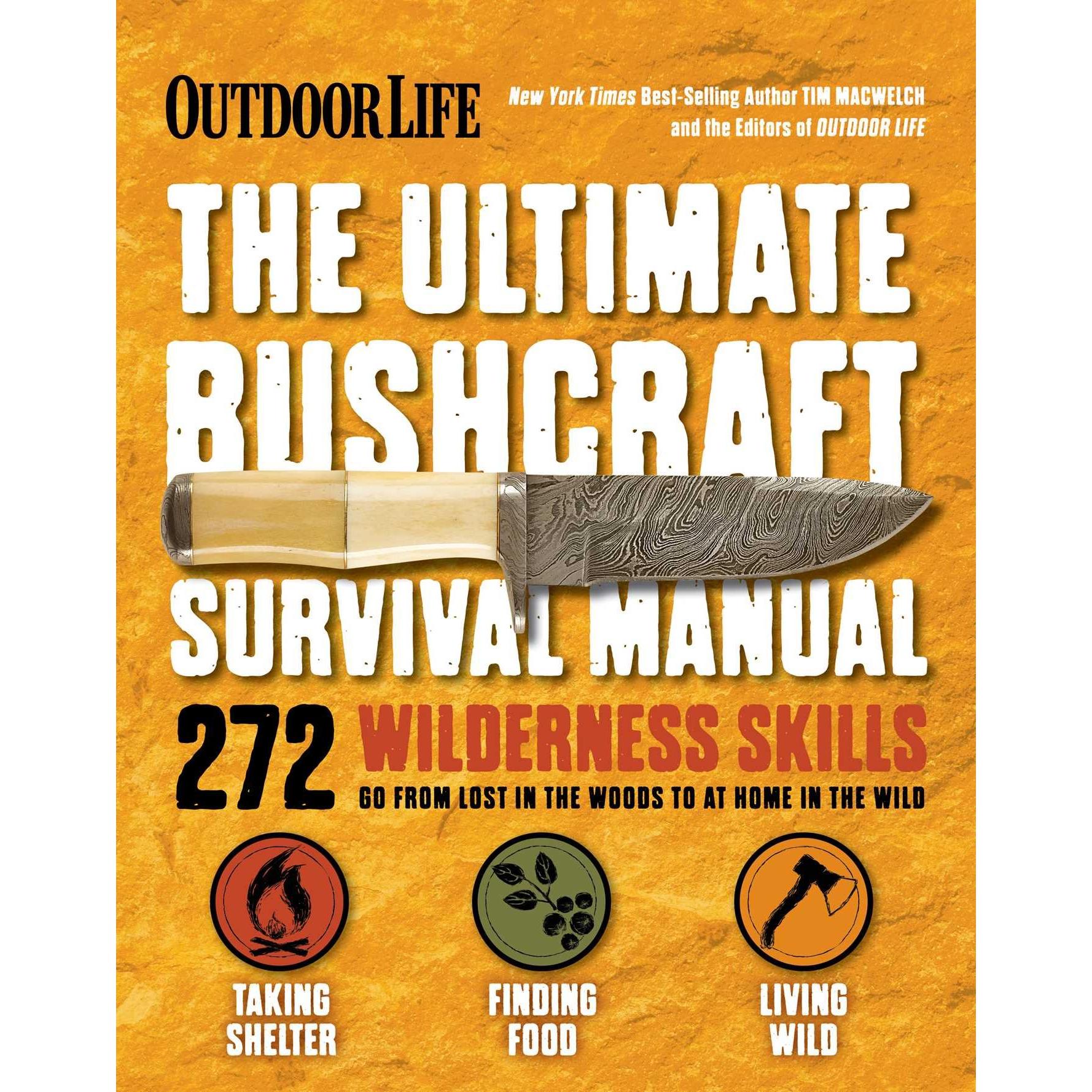
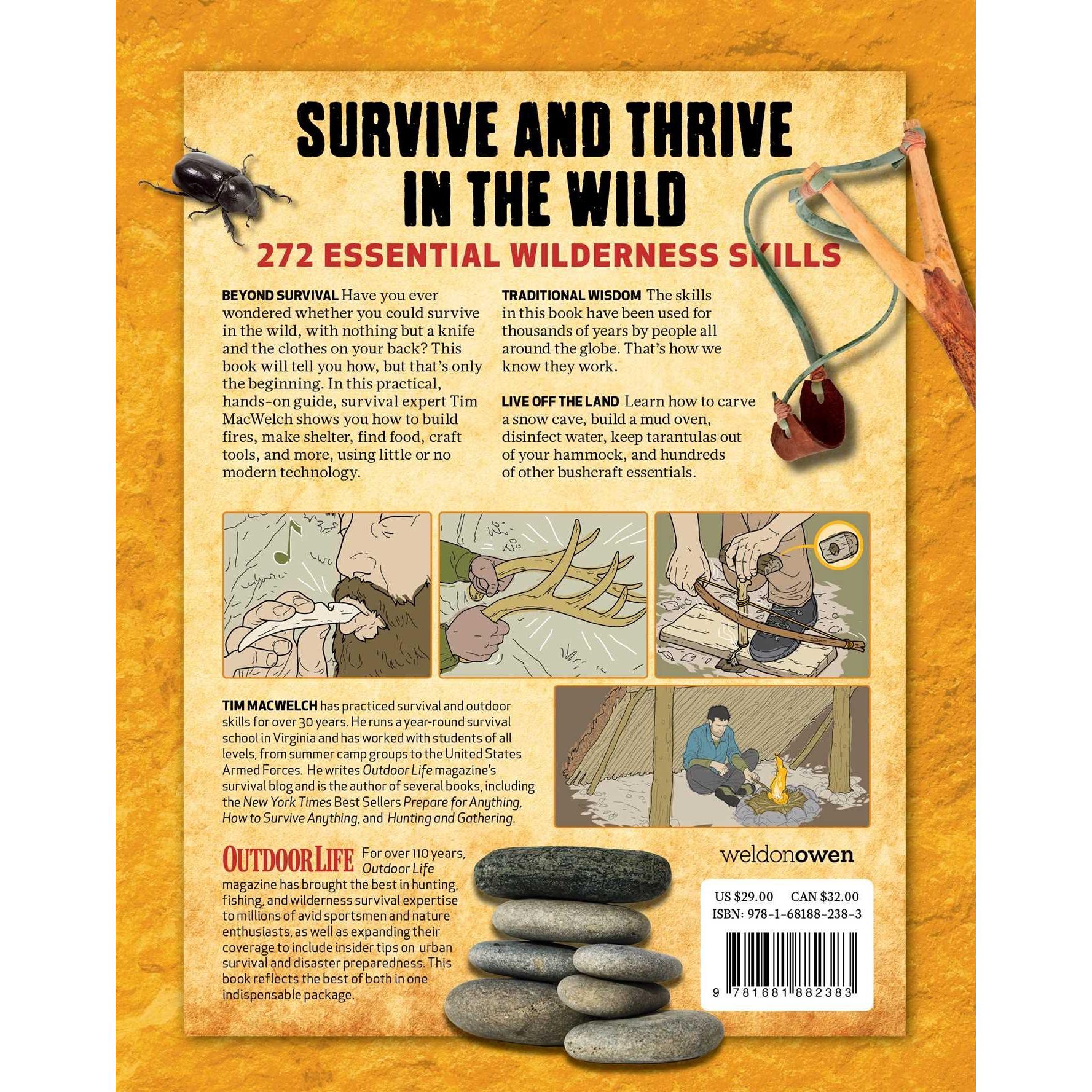

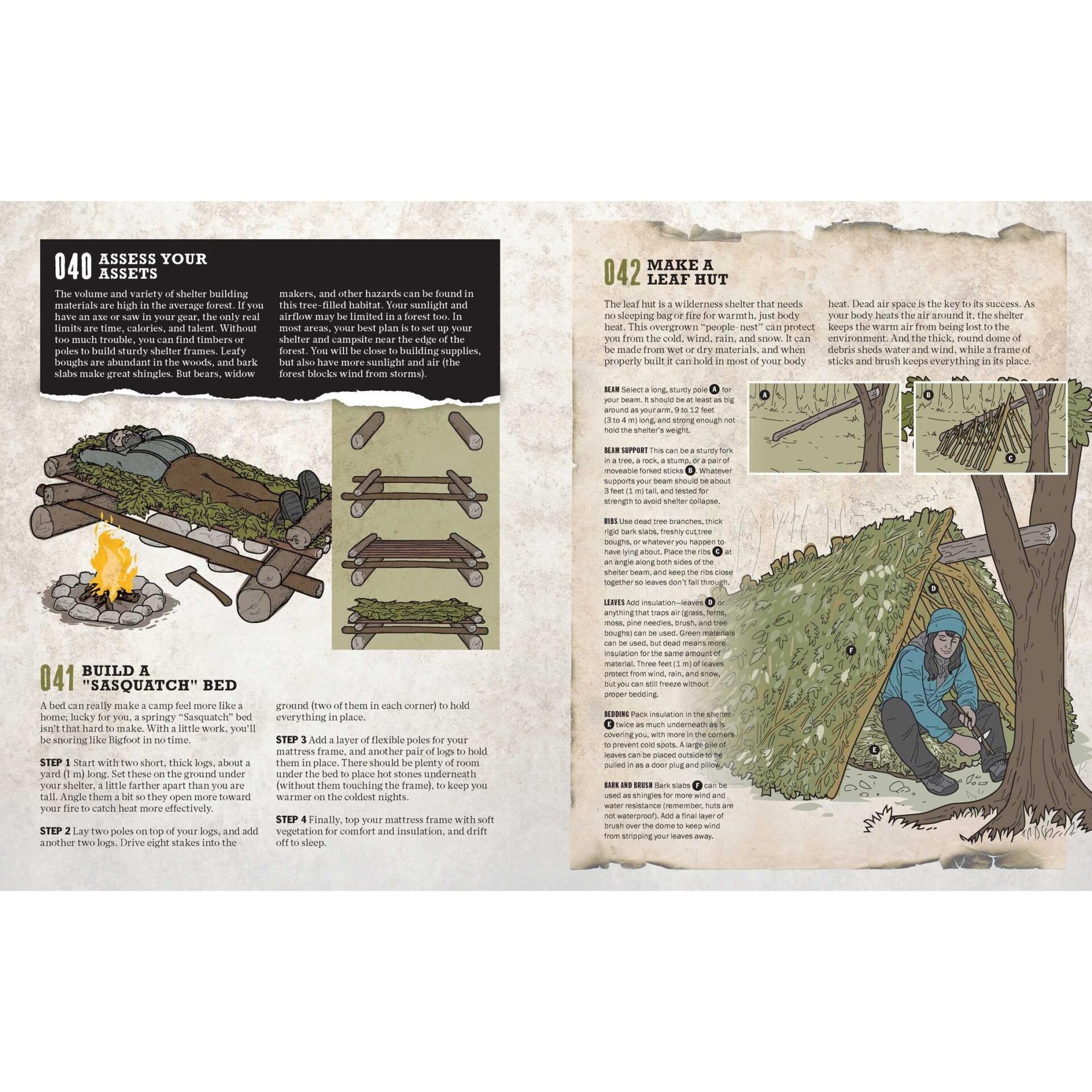
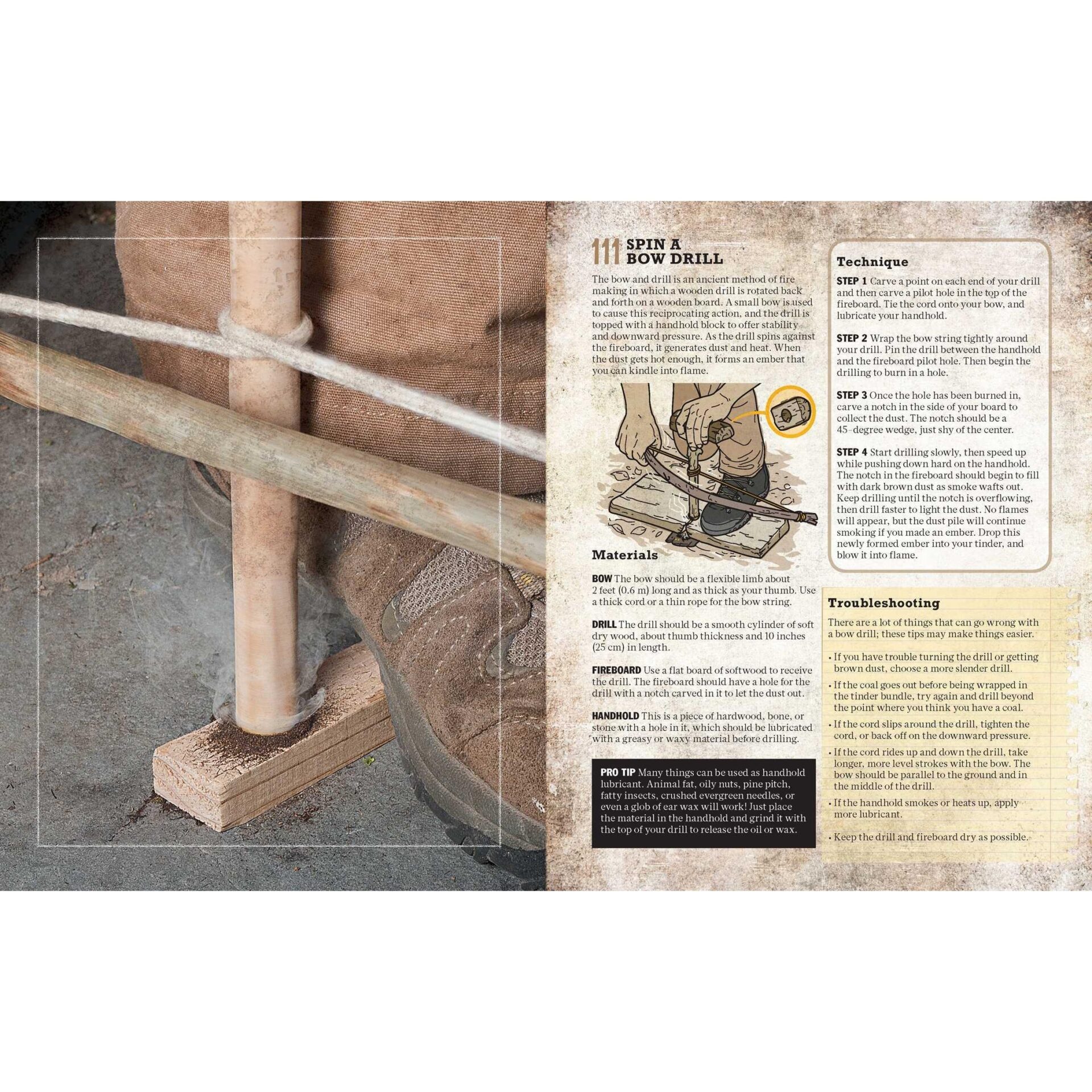
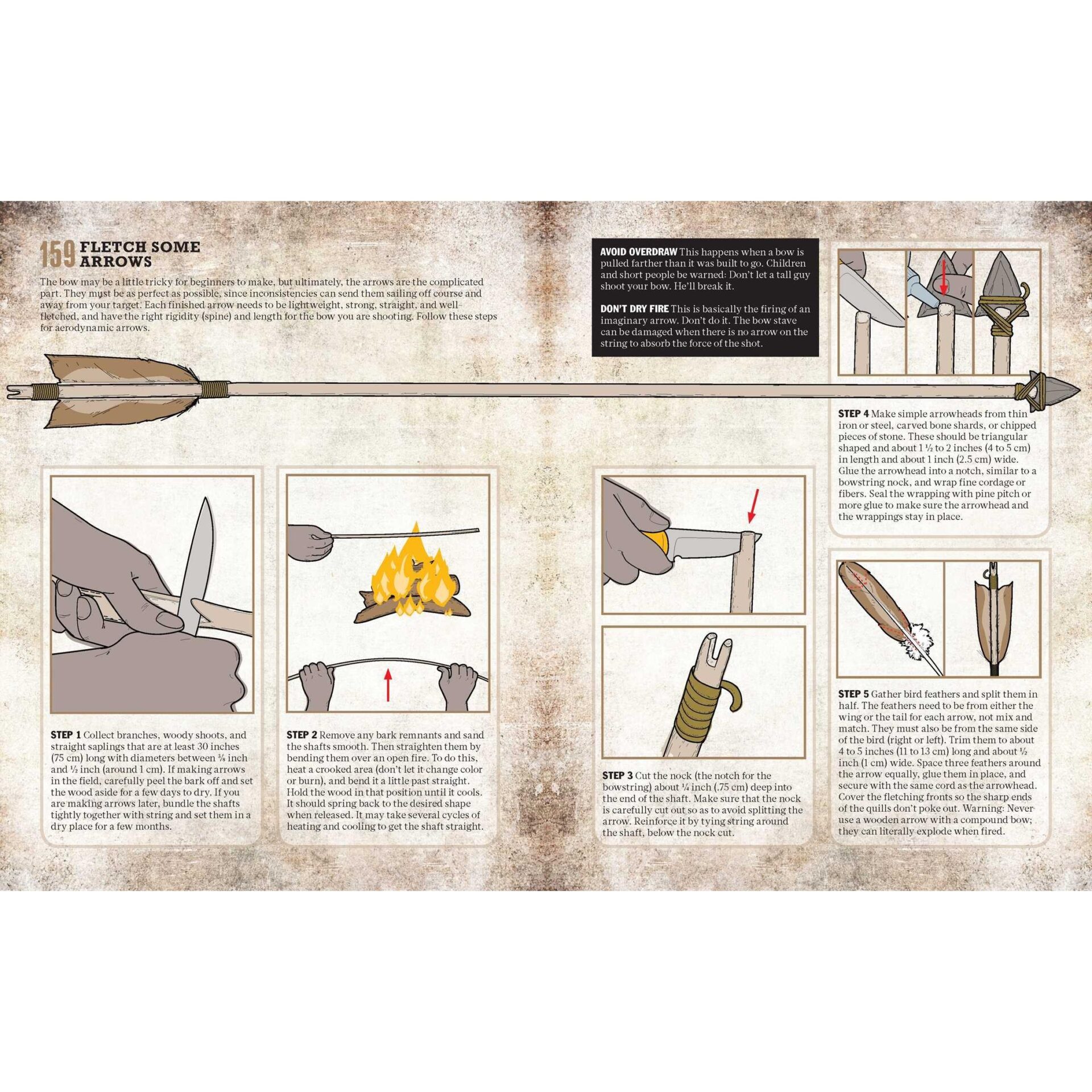
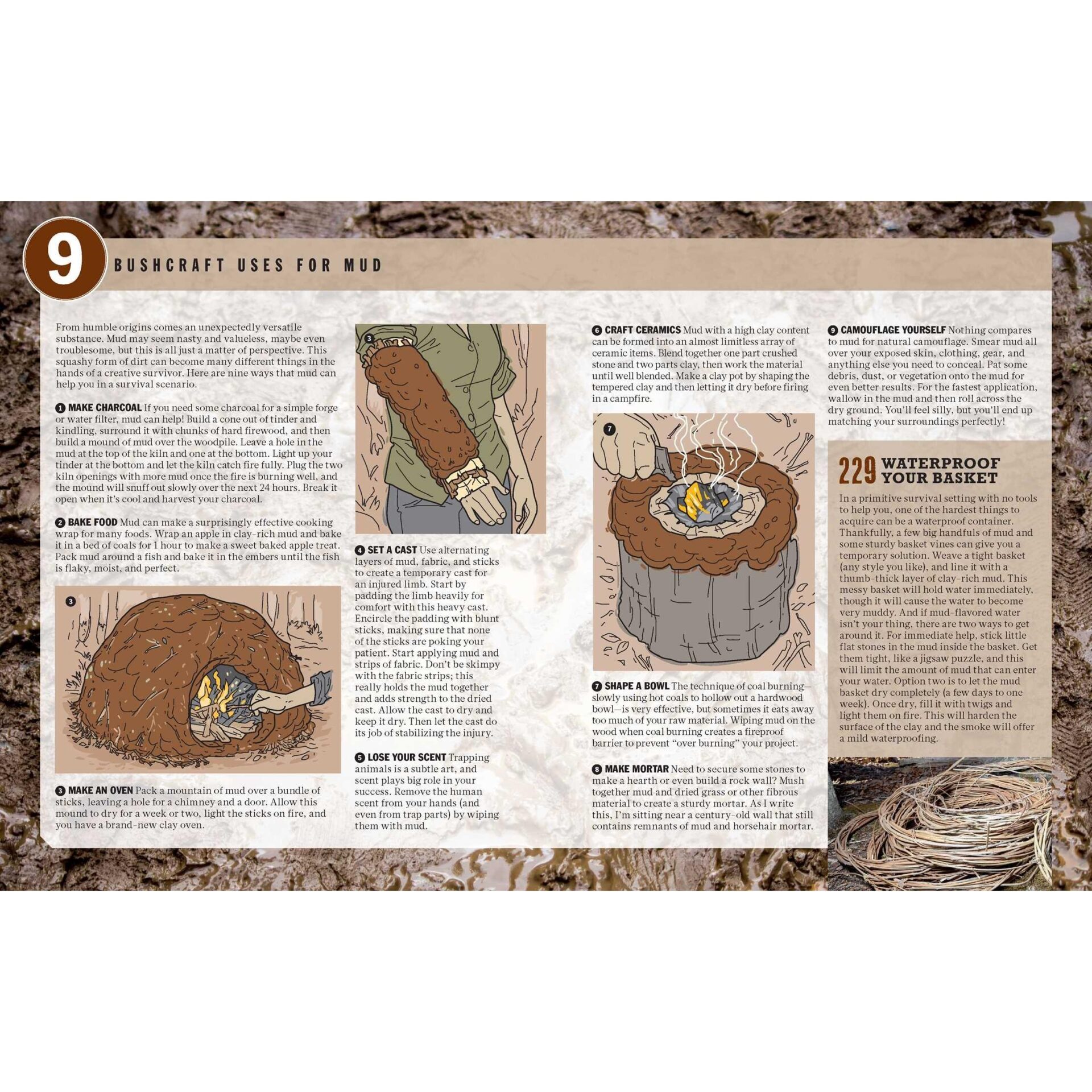
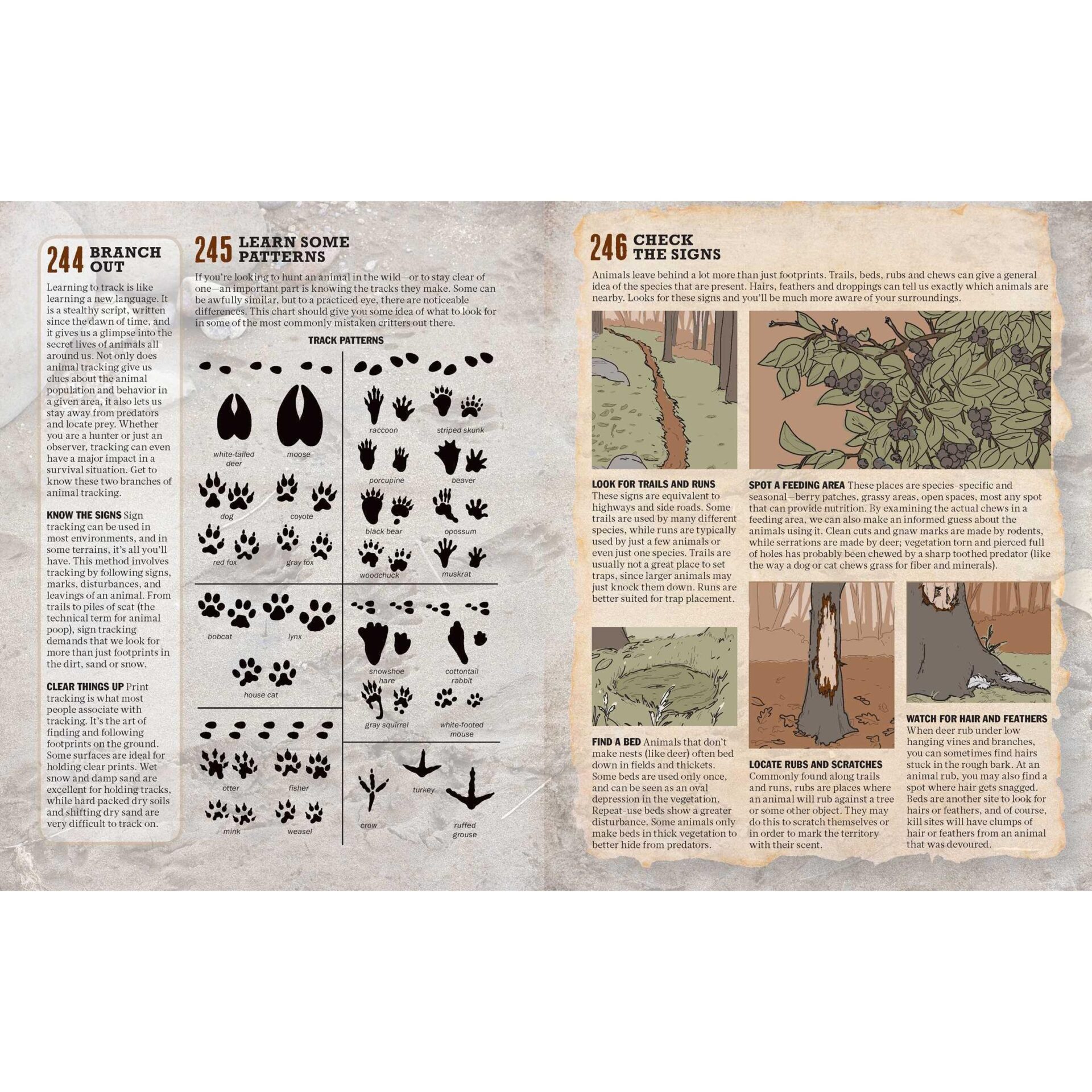


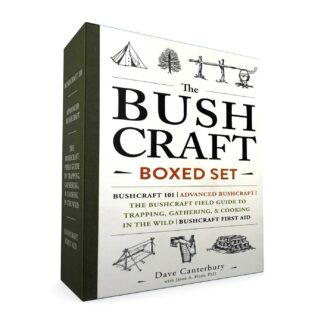
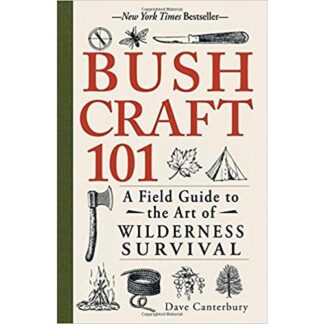





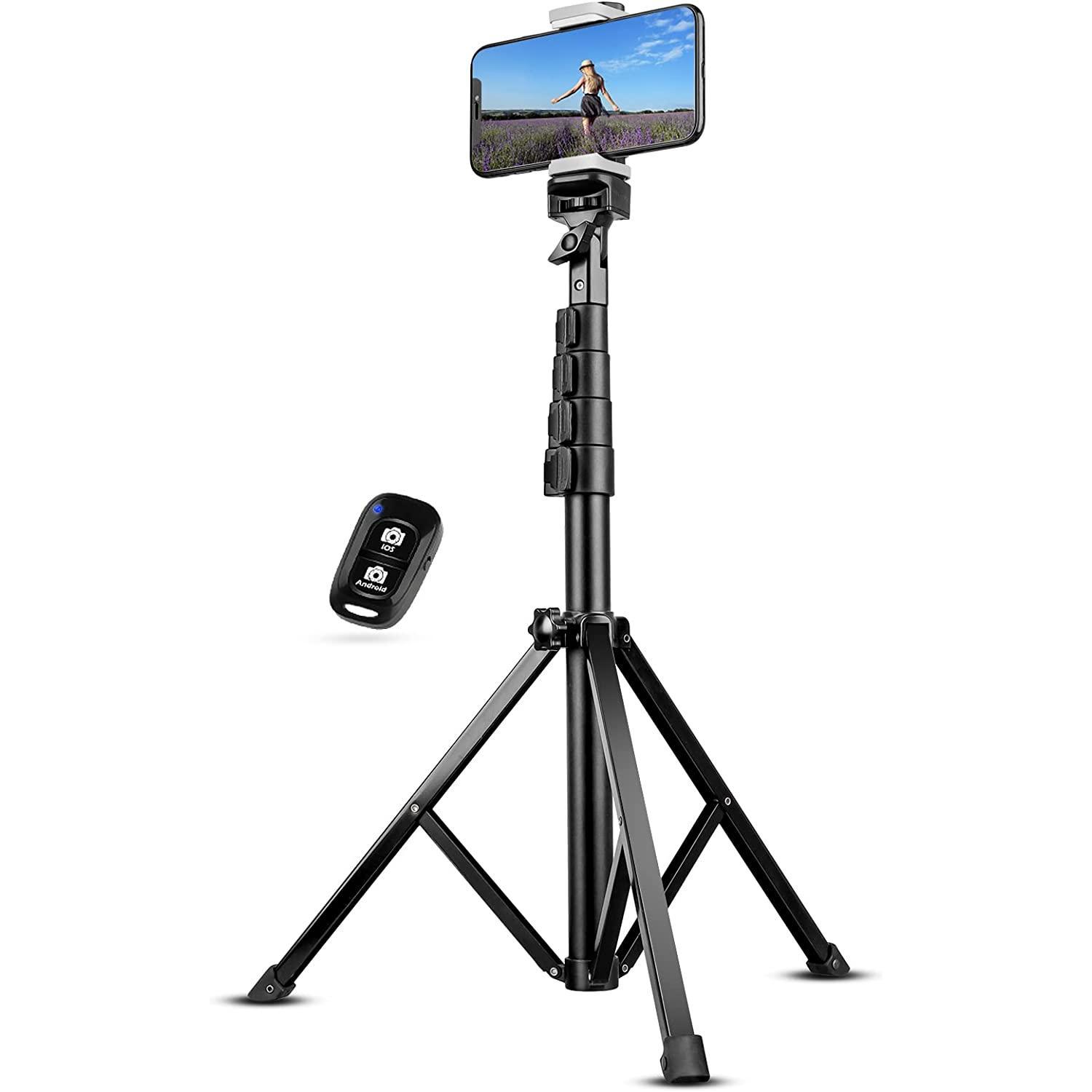


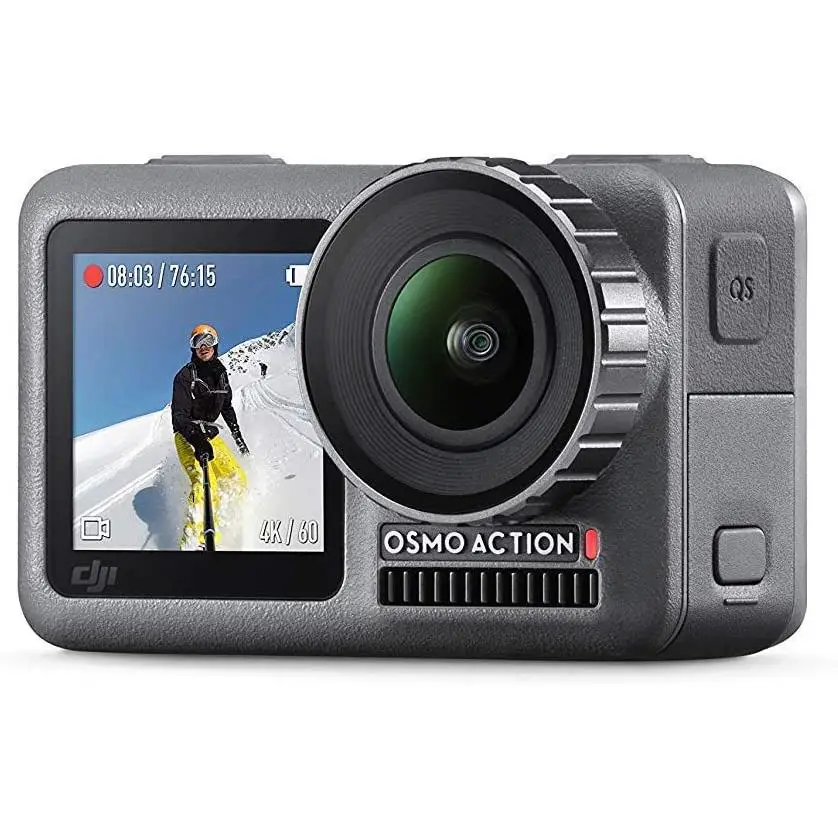

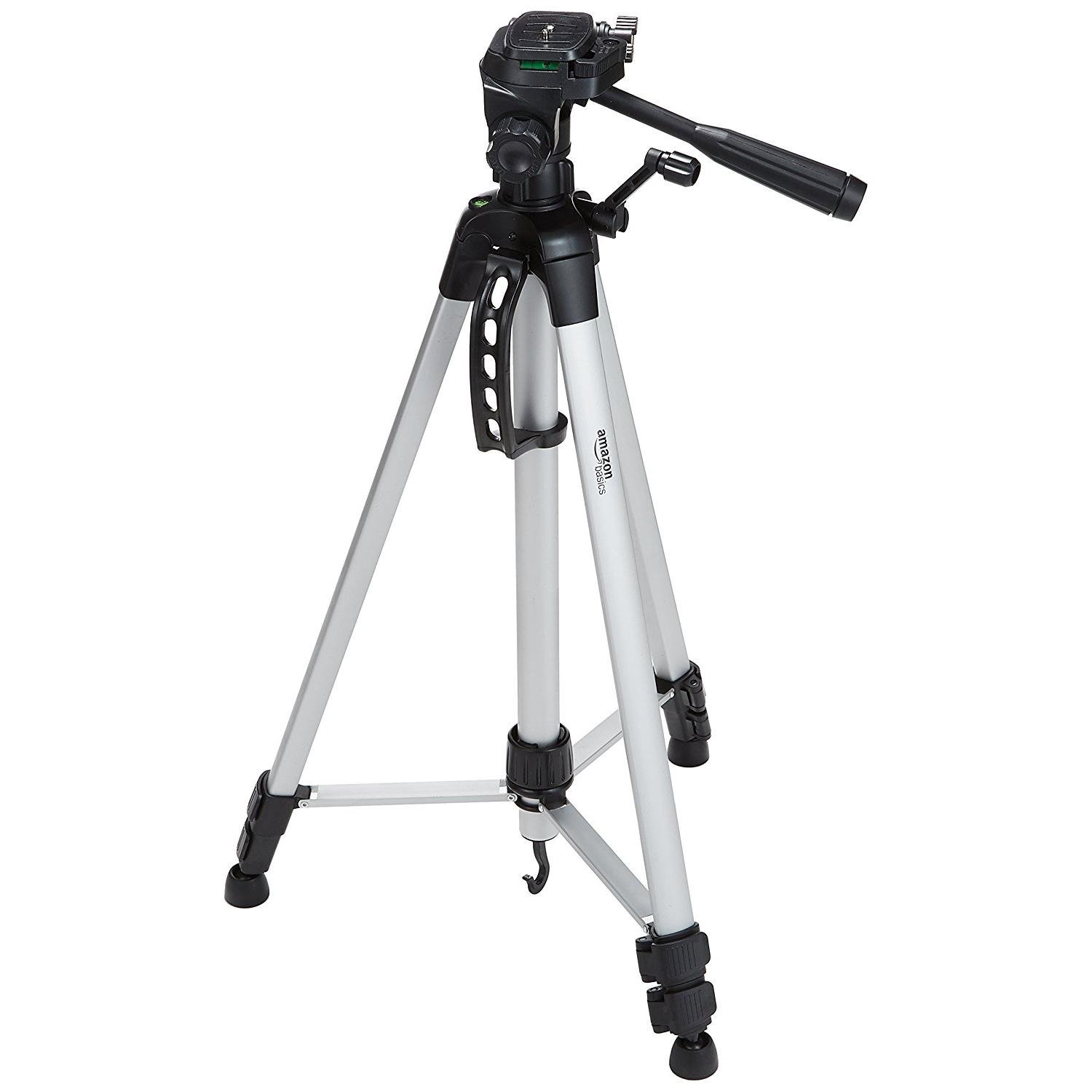
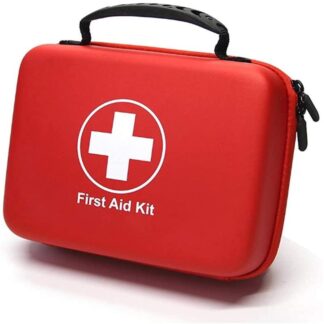

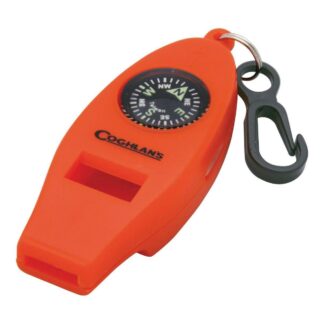
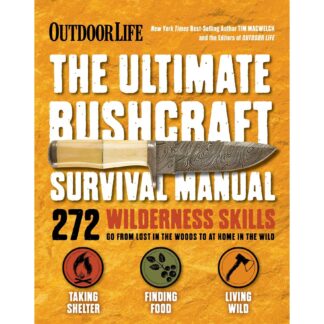

Reviews
There are no reviews yet.